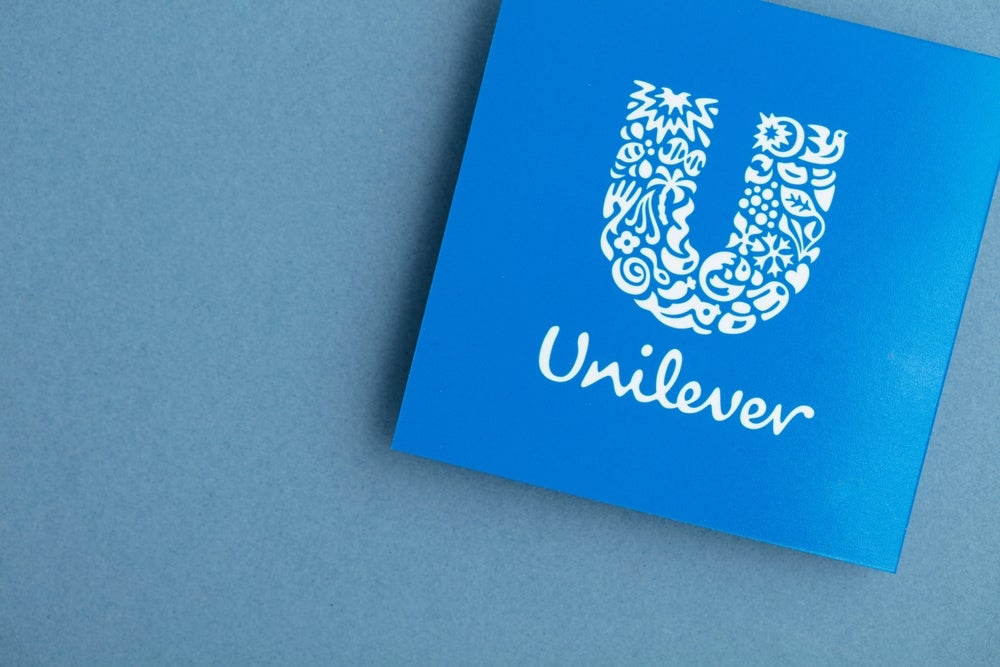Consumer goods giant Unilever appeared to be stepping away from its commitment to sustainability in October 2023 when CEO Hein Schumacher, appointed that year, described corporate purpose as an “unwelcome distraction”.
Schumacher’s comments came after the company’s results revealed a drop in turnover of 3.8%, with revenue falling across all its divisions. Unilever is considered a sustainability leader, but as it moved forward on sustainability, its financial results suffered. If it were to backtrack, it could spur other corporates to follow suit.
On close inspection of Unilever’s updated “Climate Transition Action Plan”, published in March 2024, its change in strategy appears to be more of an adjustment and refocus rather than a stepping away. In some respects, the strategy even appears improved, with a greater focus on key areas rather than an overly broad approach.
New Unilever targets are more focused
Unilever has kept its plan to reduce its so-called Scope 1 and 2 emissions by 100% by 2030. Scope 1 emissions are produced on-site by assets Unilever owns. It covers emissions from sources like boilers and company vehicles. Scope 2 emissions are the emissions related to the company’s electricity use. While these targets remain the same, they are only 2% of Unilever’s total emissions. The other 98% are Scope 3, which are the emissions from Unilever’s suppliers and customers that occur because of Unilever’s products and business operations.
Its previous Scope 3 target was to reduce product lifecycle emissions by 50% per consumer use by 2030 from a 2010 baseline. This means the emissions from the production of a product’s raw material, processing, manufacturing, packaging, and any emissions resulting from consumer use. It even includes emissions from landfill, if the product or packaging is not recycled.
Unilever’s New Scope 3 targets are simpler but are more focused on its key emissions problems. First is industrial emissions, which it wants to cut by 42% by 2030. The second is a target for forest, land, and agriculture emissions, often shortened to FLAG emissions. FLAG emissions targets are becoming common for companies that depend heavily on agricultural products. These are now required for some companies before they can get their targets approved by the Science-based Targets initiative, a target accreditor.
How well do you really know your competitors?
Access the most comprehensive Company Profiles on the market, powered by GlobalData. Save hours of research. Gain competitive edge.

Thank you!
Your download email will arrive shortly
Not ready to buy yet? Download a free sample
We are confident about the unique quality of our Company Profiles. However, we want you to make the most beneficial decision for your business, so we offer a free sample that you can download by submitting the below form
By GlobalDataTargets address key emission risks
A renewed focus on these key areas will enable Unilever to have an impact on some of its largest sources of emissions. Purchased ingredients and raw materials account for 53% of its total emissions. This compares to only 2% for use of sold products. It means Unilever can direct more resources at reducing the greenhouse gases from its agricultural and industrial suppliers rather than, say, the amount of hot water required to use its personal care products, or the emissions from packaging if it ends up in landfill. Its focus on agricultural emissions will help mitigate risks from a new focus on non-CO₂ greenhouse gases such as methane.
At the COP28 climate conference in 2023, global leaders committed to “substantially reducing non-carbon-dioxide emissions globally, including in particular methane emissions by 2030.” This means agriculture, and the companies that rely on it, will be key targets of climate policy between now and 2030.
After Unilever’s disappointing Q3 2023 results, Schumacher told the Financial Times: “Not every brand should have a social or environmental purpose. And we don’t want to force fit that on brands unnecessarily.”
It’s easy to see where Schumacher is coming from, given that Unilever owns more than 400 brands. Unilever’s new strategy puts less emphasis on marketing for each brand and more emphasis on the real risks in its supply chain.









Related Company Profiles
Unilever Plc